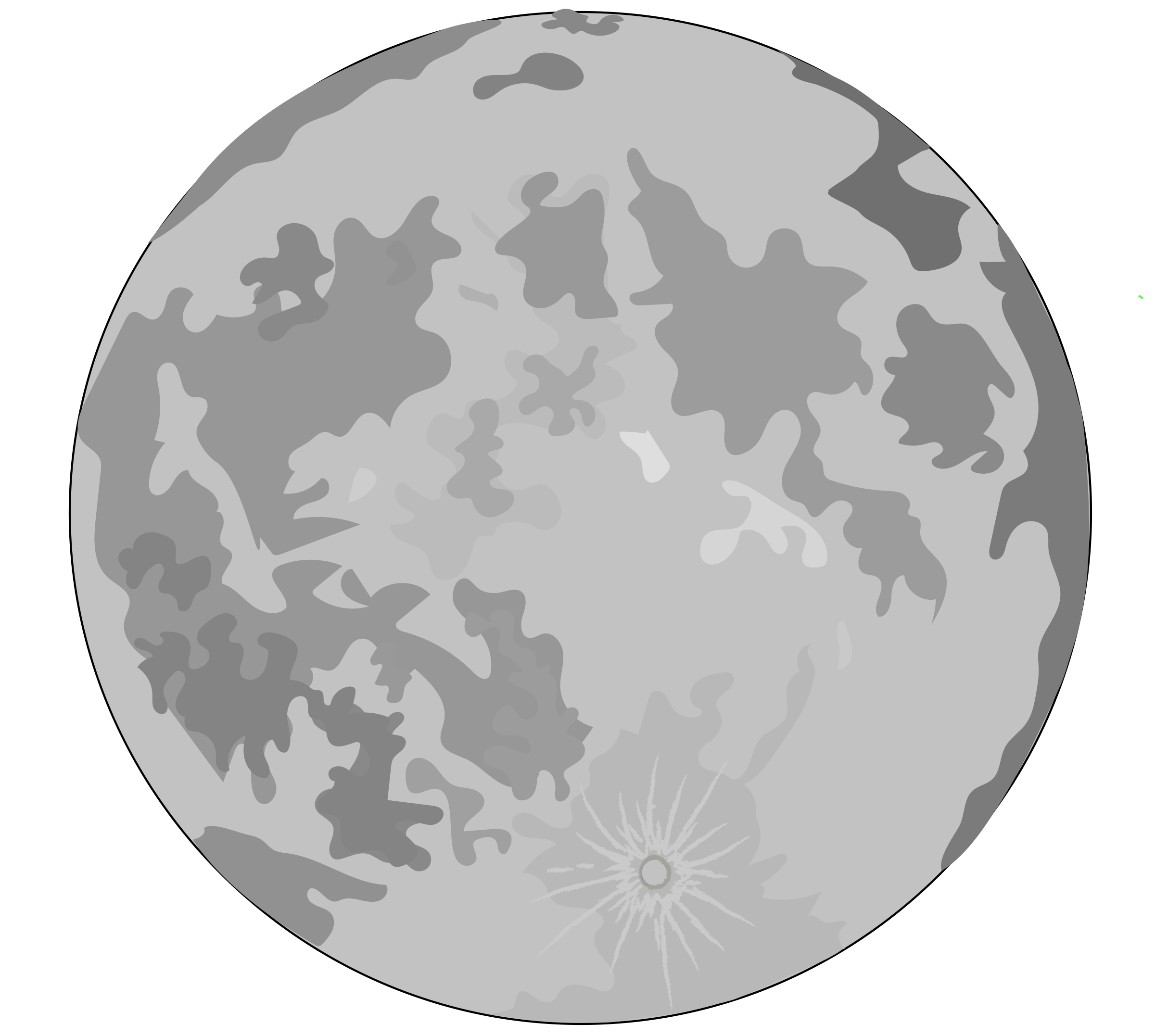The Moon

Intro
The brightest and largest object in our night sky, the Moon makes Earth a more livable planet by moderating our home planet's wobble on its axis, leading to a relatively stable climate. It also causes tides, creating a rhythm that has guided humans for thousands of years. The Moon was likely formed after a Mars-sized body collided with Earth. NASA currently has three robotic spacecraft exploring the Moon — Lunar Reconnaissance Orbiter and the twin ARTEMIS spacecraft (not to be confused with NASA's new Artemis program to send astronauts back to the Moon).Fun Facts
- Constant Companion: The Moon is Earth's only natural satellite. It goes around the Earth at a distance of about 239,000 miles (385,000 kilometers).
- Locked up:The Earth and Moon are tidally-locked. Their rotations are so in sync we only see one side of the Moon all the time. Human's didn't see the lunar far side until a Soviet spacecraft flew past in 1959.
- Moonwalkers: Apollo astronauts brought back a total of 842 pounds (382 kilograms) of lunar rocks and soil to Earth. We are still studying them.
Next
Back
